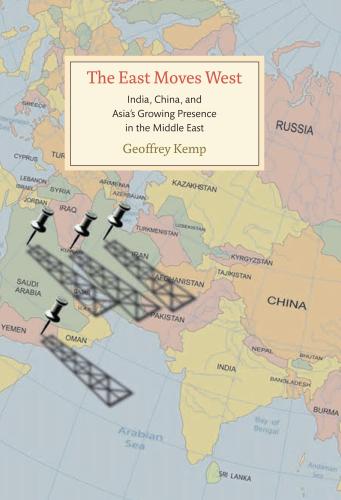Content from the Brookings Institution India Center is now archived. After seven years of an impactful partnership, as of September 11, 2020, Brookings India is now the Centre for Social and Economic Progress, an independent public policy institution based in India.
A seminar and discussion at Brookings India recently focused on the impact of electrification on the electricity demand growth and also included insights from global experiences and the possible policy implications for India. Key speaker at this event was Johannes Urpelainen of Johns Hopkins School of Advanced International Studies and Founding Director of the Initiative for Sustainable Energy Policy (ISEP). Urpelainen discussed insights from global and Indian electrification efforts, with a focus on Asian countries.
As of 2016, 80 per cent of India’s population was electrified as compared to 55 per cent in 2001. This growth in electrification was highest as compared to other Southeast Asian, Sub-Saharan Africa and other developing countries. It was mainly driven by the extension of grid in contrast to some of the Sub-Saharan African countries where electrification was mainly achieved by distributed generation. India has undertaken massive strides in household-level wiring for electrification in the last few years.
Key insights and discussion
Energy Ladder
There are several assumptions-based energy economic models for estimating electricity demand in a country. However, these models tend to underestimate the demand growth with the gain in electricity access. More specifically, they are not good at predicting when there could be a sharp jump in demand based on appliance and device ownership.
Evidence from Haiti, Kenya, Uganda and even from India shows that household electricity access starts from a very basic level of electricity consumption with a simple load of lighting (which itself is decreasing due to LEDs) and a charging point. Studies show that underlying economic distributions help predict how much coincidence there might be in jumps in demand.
Rural electrification in China started in 1949 from zero to 68 per cent of rural households electrified in 1968 even before the start of economic reforms there.
Given that India has a large base of relatively poor at various stages of development, this suggests a large latent and unmet demand for electricity. The geographical distribution of these demands and associated level and pace of development can pose a significant challenge to the grid if the supply planning does not take these factors into account.
Evidence from China and others
China is important for two reasons. First, it is one of the only countries of a scale relevant to India. Second, it has successfully pursued almost 100 per cent household electrification, faster than any other country adjusting for scale. Rural electrification in China started in 1949 from zero to 68 per cent of rural households electrified in 1968 even before the start of economic reforms there.
In the next two decades, by 1997, almost all (97 per cent) rural households were electrified.
The electrification process was mainly driven by the distributed small hydro systems, and later these distributed systems were connected to make a national grid.
The per capita electricity demand in rural areas of China increased from 168 kWh in 1993 to 404 kWh in 2002. The main driver for this increased demand was the rising level of income which led to a higher share of appliance ownership. Washing machine ownership share among the rural population of China rose to 37.3 per cent in 2004 from 9.1 per cent in 1990.
Vietnam’s electrification story also shows a similar trend. With no rural electrification in 1975 because of the infrastructure destruction linked to the Vietnam war, the country reached 50 per cent national electrification in 1996 and 96 per cent in 2009.
During this period, the country’s per capita electricity demand increased to nearly 300kWh in 2009 starting from a negligible base in 1975. Relatedly, in 2008, 83 per cent of Vietnam’s rural population had a colour television, 75 per cent had a fan and 55 per cent had rice cookers.
These two case studies of rural electrification of China and Vietnam emphasise that with higher levels of income and reliable service, appliance ownership increases, thus leading to higher demand for electricity.
The Brookings Institution is committed to quality, independence, and impact.
We are supported by a diverse array of funders. In line with our values and policies, each Brookings publication represents the sole views of its author(s).












Commentary
Is future planning of electricity grid keeping India’s pace of development in mind?
March 1, 2018